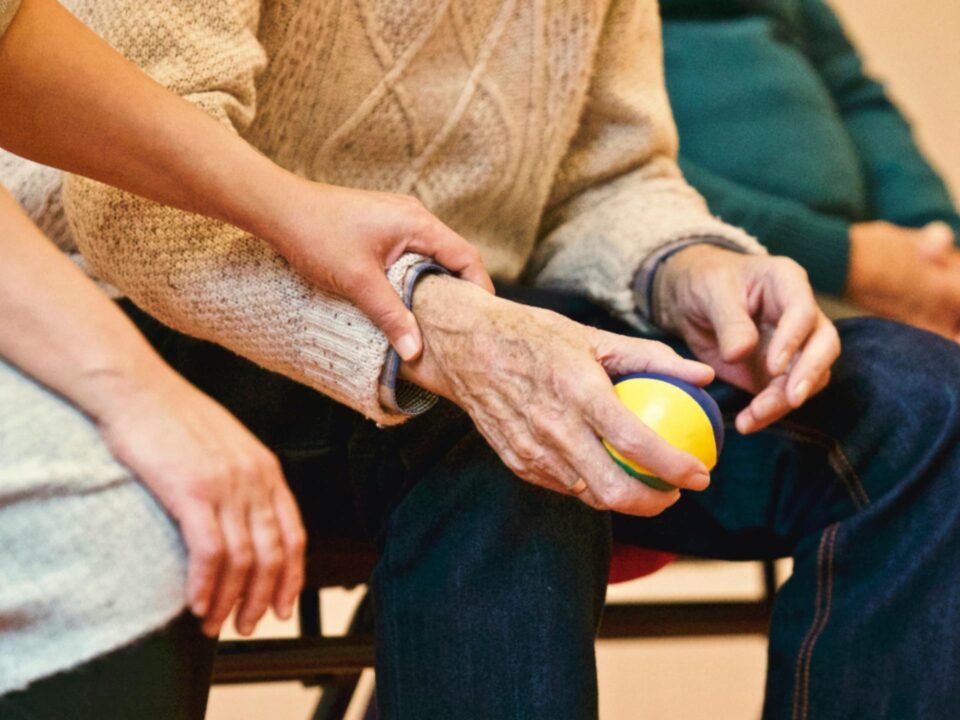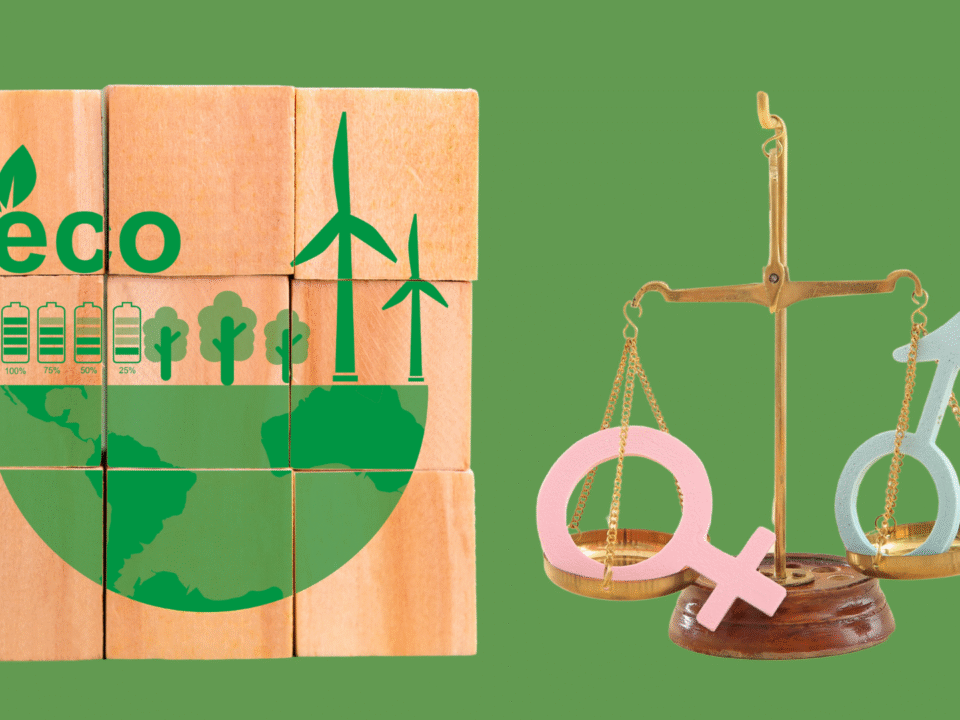
From Childcare to Eldercare: How Companies Can Enhance Employee Well-Being
June 29, 2025Laki-laki tidak bercerita (“Men don’t talk”) – this phrase, initially used as a joke that circulated widely on social media, highlighting how men tend to suppress their struggles rather than share them. This joke quickly went viral with its high relevancy to societal masculinity norms and supported by many kinds of humorous experience of how men cope with adversity.
However, this coping mechanism by staying silent is unsustainable. From psychology perspective, the more an individual suppresses their negative emotions, the greater the negative impact they have. This type of coping could lead to stress, depression, and difficulty in socialization (Srivastava, 2009). Additionally, the norm that said “the tougher a man is, the stronger he appears in society” only normalizes communication gaps, making harder for men to navigate everyday challenges, particularly in the workplace.
As fellow men, I would argue that we need to adopt new understanding of masculinity to function better in society and mentally healthier as individual. In today’s increasingly complex social and professional environments, where collaboration is essential, the conventional version of masculinity that demands superiority and dominance may no longer be relevant in. We need to find a new model of masculinity that could help us prioritize equality, open communication, and intersectionality.
Conventional Masculinity No Longer Works
Theoritically, masculinity refers to a set of attributes, behaviors, and roles associated with male identity (Sheehan, 2018). It is shaped by societal values and norms that later create an idealized expectation of how men should present themselves.
In this article, conventional masculinity is the version that widely adopted masculinity norms. This version expects men to be tough, independent, resilient, determined, and strong leaders (Degue, 2023). Connell and Messerschmidt (2005) further describe it as a framework where ideal masculinity maintains hierarchical power over other groups, such as women, often through dominance and coercion.
When implemented into the workplace setting, these values can create a hostile work environment. A Deloitte report highlights how masculinity in professional settings contributes to poor collaboration, unhealthy competition, and communication barriers (Arthrell, 2019). Furthermore, an article from Reimagine Gender showed that conventional masculinity also reinforces biases in decision-making by positioning men as dominant figures while sidelining women and other marginalized groups.
This issue affects not just workplace culture but also a company’s reputation and performance. A global study on the impact of aggression in the workplace published in Journal of Applied Psychology explained that hostile environment prevents meaningful collaboration and teamwork, leading to lower productivity, high employee turnover, and stalled leadership succession (Zhang, et al. 2025). Since employees are a company’s greatest asset, a lack of safe and inclusive spaces for them to thrive ultimately harms productivity.
A New Alternative: Contemporary Masculinity
A different version of masculinity already exists. This version—referred to here as contemporary masculinity—encourages men to redefine their roles with greater equality, collaboration, empathy, and respect for women’s contributions (Connor et al., 2021). Unlike traditional masculinity, which relies on control and physical strength, contemporary masculinity promotes values that empower everyone. Men who adopt this perspective do not see women’s capabilities as a threat but as an opportunity to complement each other and work together in building an inclusive society.
Connor et al. (2021) identify four key characteristics of contemporary masculinity:
- Inclusivity: Embracing diverse expressions of masculinity without rigid definitions or exclusion based on traditional norms.
- Emotional Connection: Creating space for men to express emotions without fear of judgment.
- Physical Expression: Normalizing gestures of affection and physical connection that have traditionally been labeled as feminine.
- Resistance: Challenging stigmas against men who display vulnerability and rejecting the normalization of violence and dominance.
Adopting a more progressive view of masculinity is not easy, especially for those raised in environments that uphold traditional gender roles. However, change can start with small steps—self-reflection and a willingness to listen to different perspectives. When men begin redefining strength, courage, and responsibility beyond rigid masculine norms, they become more resilient in facing future challenges.
Transforming Workplace Masculinity
Deloitte’s report suggests that business leaders can support the shift toward contemporary masculinity through several approaches:
- Ending the Celebration of Dominance: Moving away from glorifying toughness and the “always ready” mindset.
- Creating Spaces for Reflection: Building teams that prioritize both productivity and personal growth.
- Ensuring Safe Environments: Actively addressing barriers to inclusivity in the workplace.
This transformation is not just about supporting women or marginalized groups—it is about securing a better future for men themselves. By letting go of fragile, outdated masculinity and embracing a more equitable vision, men can become more adaptable, collaborative, and valuable contributors to society.
It might be time for men to start talking more—sharing thoughts, expressing emotions, and just as importantly, listening. Small shifts like these can help build a more inclusive and supportive environment for everyone.
written by Andri, Brand Communications at IBCWE
Reference:
Arthrell, E., Lawrence, C., Calamai, J. B., & Morris, A. (2019). The design of everyday men. https://www2.deloitte.com/la/en/pages/human-capital/articles/thedesignofeverydaymen.html
Connell, R. W., & Messerschmidt, J. W. (2005). Hegemonic masculinity: Rethinking the concept. Gender & Society, 19(6), 829-859. https://doi.org/10.1177/0891243205278639
Connor, S., Edvardsson, K., Fisher, C., & Spelten, E. (2021). Perceptions and interpretation of contemporary masculinities in Western culture: A systematic review. American Journal of Men’s Health, 15(6), https://doi.org/10.1177/15579883211061009
DeGue, S., Singleton, R., & Kearns, M. (2023). A qualitative analysis of beliefs about masculinity and gender socialization among US mothers and fathers of school-age boys. Psychology of Men & Masculinity, 25(2), 152-164. https://doi.org/10.1037/men0000450
Men’s Minds Matter. (n.d.). Masculinity and masculine norms. https://www.mensmindsmatter.org/masculinity-and-masculine-norms/
Shehan, C. L. (2018). Gale researcher guide for: The continuing significance of gender (pp. 1–5). Gale, Cengage Learning.
Srivastava, S., Tamir, M., McGonigal, K. M., John, O. P., & Gross, J. J. (2009). The social costs of emotional suppression: A prospective study of the transition to college. Journal of Personality and Social Psychology, 96(4), 883-897. https://doi.org/10.1037/a0014755
Reimagine Gender. (n.d.). Masculinity at work.
https://www.reimaginegender.org/insights/masculinity-at-work





